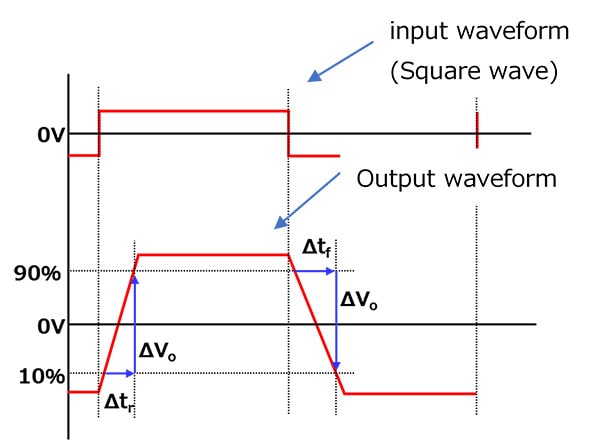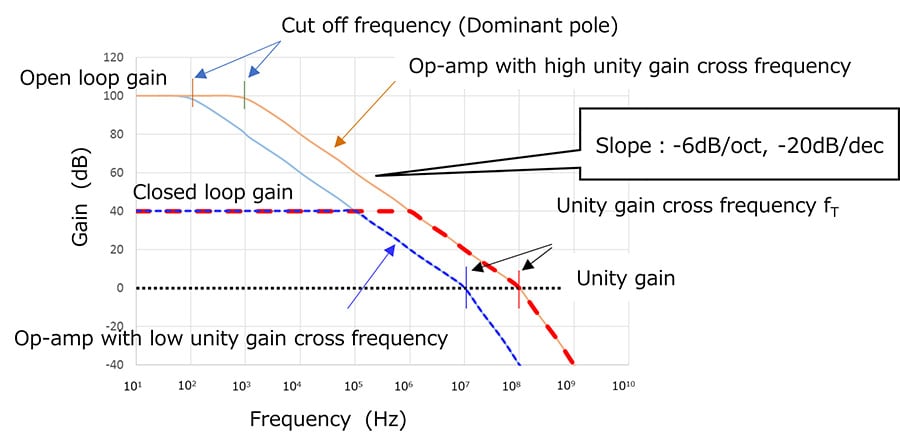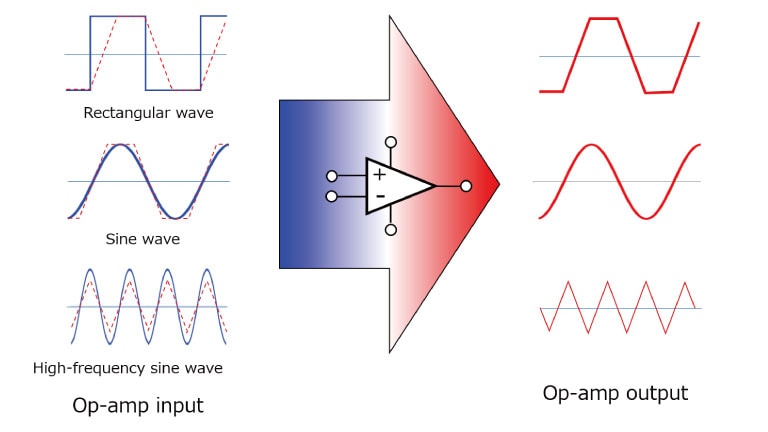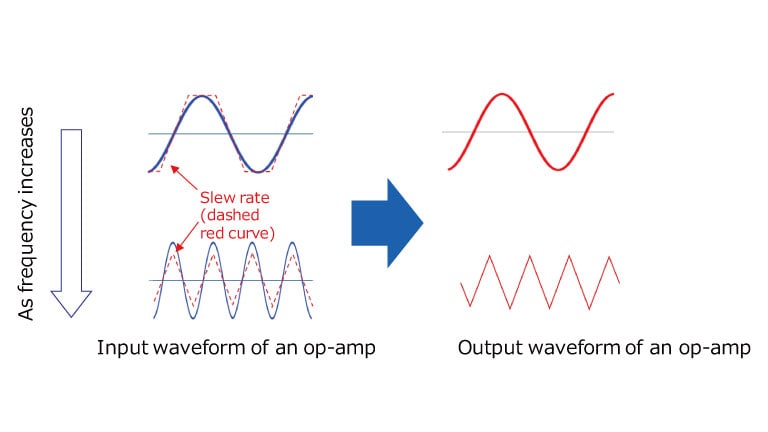- 半導體首頁
-
應用Automotive
Body Electronics
xEV
In-Vehicle Infotainment
Advanced Driver-Assistance Systems (ADAS)
Chassis
IndustrialInfrastructure
BEMS/HEMS
Factory Automation
Commercial Equipment
Consumer/PersonalIoT Equipment
Healthcare
Wearable Device
Mobile
Computer Peripherals
-
產品車用元件
Discrete Semiconductor
Diodes
電晶體
通用邏輯IC
Analog Devices
Digital Devices
Wireless Devices
※
: Products list (parametric search)
功率半導體※
: Products list (parametric search)
隔離器/固態繼電器Photocouplers
Digital Isolators
※
: Products list (parametric search)
MOSFETsIGBTs/IEGTs雙極性電晶體※
: Products list (parametric search)
Diodes※
: Products list (parametric search)
微控制器馬達驅動 ICs智能功率 ICs※
: Products list (parametric search)
電源管理 ICs線性 ICs※
: Products list (parametric search)
通用邏輯 ICs線性影像感測器其他產品其他產品
※
: Products list (parametric search)
-
開發/設計支援
開發 / 設計支援
-
技術知識
- 購買管道
- 型號 & 關鍵字搜尋
- 交叉搜尋
- 參數搜尋
- 線上庫存查詢跟購買
This webpage doesn't work with Internet Explorer. Please use the latest version of Google Chrome, Microsoft Edge, Mozilla Firefox or Safari.
型號需要超過三個文字以上 Search for multiple part numbers fromhere.
The information presented in this cross reference is based on TOSHIBA's selection criteria and should be treated as a suggestion only. Please carefully review the latest versions of all relevant information on the TOSHIBA products, including without limitation data sheets and validate all operating parameters of the TOSHIBA products to ensure that the suggested TOSHIBA products are truly compatible with your design and application.Please note that this cross reference is based on TOSHIBA's estimate of compatibility with other manufacturers' products, based on other manufacturers' published data, at the time the data was collected.TOSHIBA is not responsible for any incorrect or incomplete information. Information is subject to change at any time without notice.
型號需要超過三個文字以上
What is the maximum frequency at which an op-amp can be used?
To use an op-amp at high frequency, it is necessary to take two factors into consideration: slew rate and Unity Gain Cross Frequency (fT).
If the slew rate is low for the frequency used, the square wave will become a trapezoidal wave and the sine wave will become a triangular wave.
Voltage gain decreases at frequencies above the 3dB cutoff frequency of the open-loop gain. In this part, not only does the voltage gain factor vary from product to product, but if a signal with a wide bandwidth is input, the gradient of the amplification factor causes waveform distortion. Please apply negative feedback to the operational amplifier so that the gain is flat up to the operating band.
Also, be careful of oscillations at frequencies close to unity gain. There is an explanation in the op amp e-learning 2.3. Oscillation. Oscillation. please refer.
the op amp e-learning 2.3. Oscillation
- Slew rate (SR):
Even when the ideal rectangular waveform (a fast-rising signal) is applied to the input of an op-amp, its output does not provide the ideal rectangular waveform as shown in Fig. 3.
A change in output voltage per 1 μs is called a slew rate.
As shown in Fig. 3, in the case of an op-amp with a low slew rate, a rectangular input signal appears as a trapezoidal signal at the output, and a sinusoidal input appears as a triangular signal at the output.
- Unity Gain Cross Frequency (fT):
Frequency at which the open-loop gain becomes unity gain (0 dB)
As shown in Fig. 2, an op-amp with a higher cut-off frequency provides a greater bandwidth with the same closed-loop gain.




If you use an op amp with a low slew rate, the shape of the waveform will change and distortion will worsen.
Its maximum output frequency (fmax) can be calculated from the slew rate.For simplicity, we will first explain the case of using op-amp in unity gain.
The slew rate (SR) is expressed as:
SR = ΔVo / Δtr or ΔVo/ Δtf
Waveform distortion occurs when the maximum value of the output signal differentiated by time becomes higher than this SR.
Let the voltage of the input sine wave with an amplitude of A be Vin = Asinωt. Then, no waveform distortion occurs if the maximum change (differential value) in the amplitude of the input signal is less than the slew rate.
Since the differential value of the input signal is dVin / dt = Aωcosωt, its maximum value is Aω. Therefore, the maximum frequency that does not cause slew-inducted waveform distortion is theoretically calculated as follows, where A is the input amplitude.
SR = Aω =2πfmaxA
fmax = SR / 2πA
If there is no unity gain, the voltage gain of the amplification circuit is multiplied by Av, then Vo = Av x Vin.
The same can be said for unity gain.
dVout / dt = AvAω cosωt
SR = AvAω =AvA2πfmax
fmax = SR / 2πAAv
In practice, it is necessary to set fmax, allowing an adequate margin for the required frequency.
Related Links
The following documents also contain related information:



